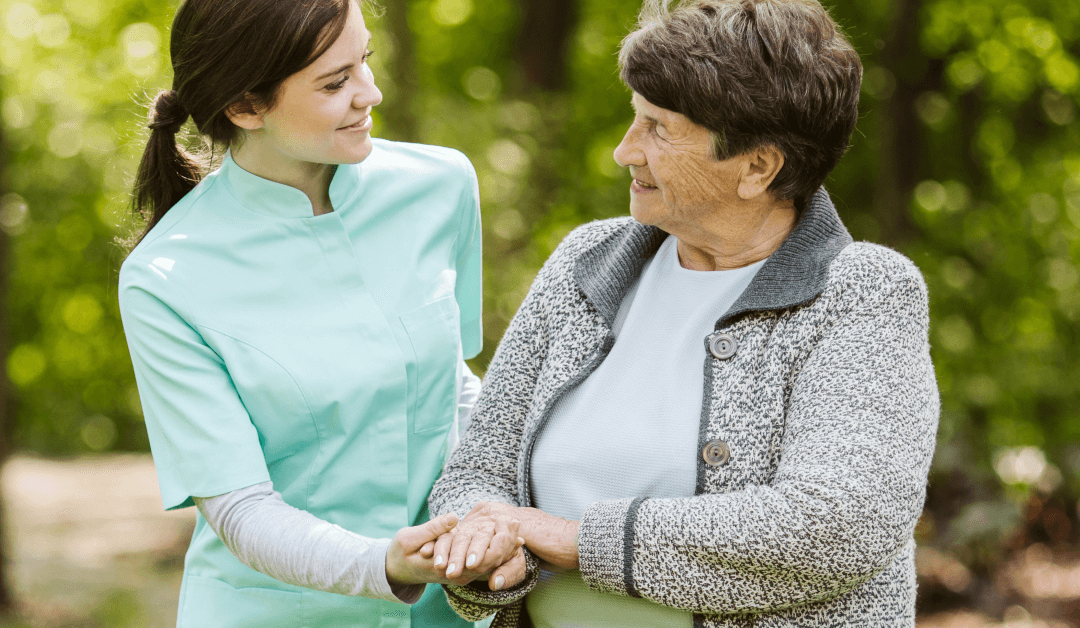We all want to protect our elderly family members and help them stay safe, secure, and independent. Knowing how to reduce the risk of falling, a leading cause of injury, is a step toward this goal. Fall prevention and additional measures should be taken to reduce the risks of injury from falls. Doing so, will allow our loved ones to remain in their homes longer with fewer injuries and will increase their quality of life significantly.
Based on studies by the Center for Disease Control, moderate to severe injuries are sustained by 20 to 30 percent of people who fall. These injuries may include hip fractures, lacerations and head trauma. The CDC also shows that the most common cause of traumatic brain injury is falling.
Even when a fall is without injury, many elderly become afraid of falling. As a result, they avoid many activities they think might cause them to fall. This leads to a reduction in their physical fitness and mobility, which only increases their chances of falling.
Tips to Reduce the Chances of Falling
You can play an active role in risk management by preventing the chances of a senior member falling by being aware and taking action to help protect older adults.
- Medications – Over medicating is one of the biggest causes of falls. Going over all medications, whether prescription or over the counter is the first step in decreasing the risk of falls. Some medications’ side effects increase falls because of drowsiness or dizziness. Some will interact in such a way that seniors lose their balance easily and become dizzy when certain medications are taken together. Anti-depressants and sleeping medications are particular medications to be mindful of when taken together. Additionally, some medications may not be necessary and should be eliminated. Others may need more definitive directions on when to take and the potential side effects associated.
- Vision check – Failing eye sight is another factor that may contribute to falling. To keep vision at its best, be sure your elderly loved ones have yearly eye exams, more often if necessary, and eyeglasses are kept updated with the most recent prescription at all times. When vision is clearer, tripping is less likely.
- Exercise – Though exercise is important for everyone, it is especially important for the elderly. It does not have to be strenuous but it does need to focus on keeping the legs as strong as possible. Certain exercises help improve balance. When balance and leg strength is improved, falling is less likely.
- Eliminate hazards at home – Take a good look around the house with a focus on anything that could be a tripping hazard. Add lighting in areas where your loved one may need more light for better visibility of obstacles that can’t be moved. If the home has an upstairs, be sure the stairway has railings on both sides. Be sure sturdy grab bars are installed by the toilet that are within easy reach and ensure both inside and outside of the shower or bathtub have grab bars as well.
While the risk of falling can be greatly reduced by following the tips above, some falls may still happen. To make sure every possibility is covered, we suggest making a checklist to follow. This list isn’t a onetime list but rather should be reviewed often so nothing slips through the cracks.
Schedule a Doctor’s Appointment
Schedule a doctor appointment and be there with your elderly family member so you can be sure the doctor has all the necessary information and the right questions are asked. Take a list of all medications, including all over the counter ones that are currently being taken. If you can take the containers, do so as that will give the doctor all the information needed for each medication.
Talk to the doctor about any previous falls or instances of almost falling. Give as much detail about this instances as possible so the doctor can help with developing prevention strategies.
Also, discuss any health conditions that could be a contributor to a potential fall. Be as complete as possible in talking about dizziness, numbness, joint pain and breathing difficulties. The doctor may test balance, muscle strength and how the elderly person walks.
Wear stable footwear
Be sure shoes are always worn. Avoid shoes with high heels, have slick soles, or are considered sandals or slippers. Shoes that fit well, have nonskid soles and designed to help maintain balance are best.
Keep moving
Staying as active as possible is necessary in reducing the risk of falling. Any type of exercise is recommended, whether it is a water activity or simply some form of walking. Continual movement will help muscle strength and mobility.
More than ever before, most falls can be prevented. Being informed and aware of the tools available, will allow your senior loves to be able to live happy and independently in their homes for much longer. Please contact us at SmallALFCoalition.com/contact-us if we can be of assistance to you. We would be happy to share more knowledge and tips with you that may be unique to your circumstances.

